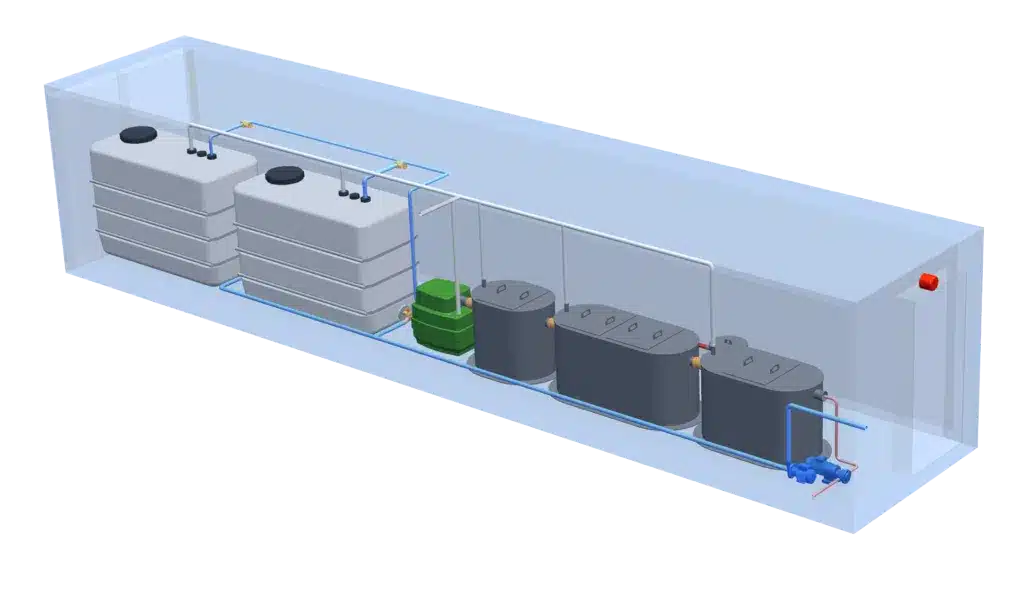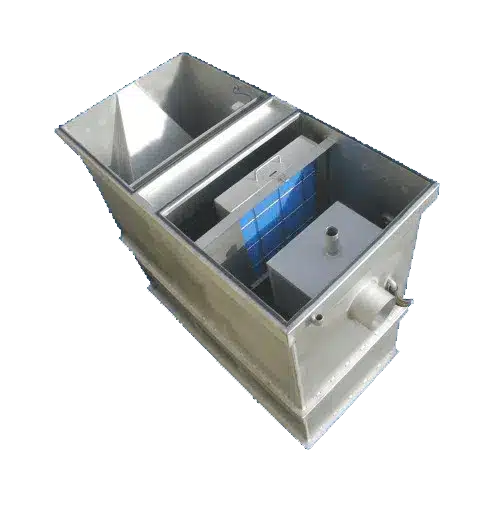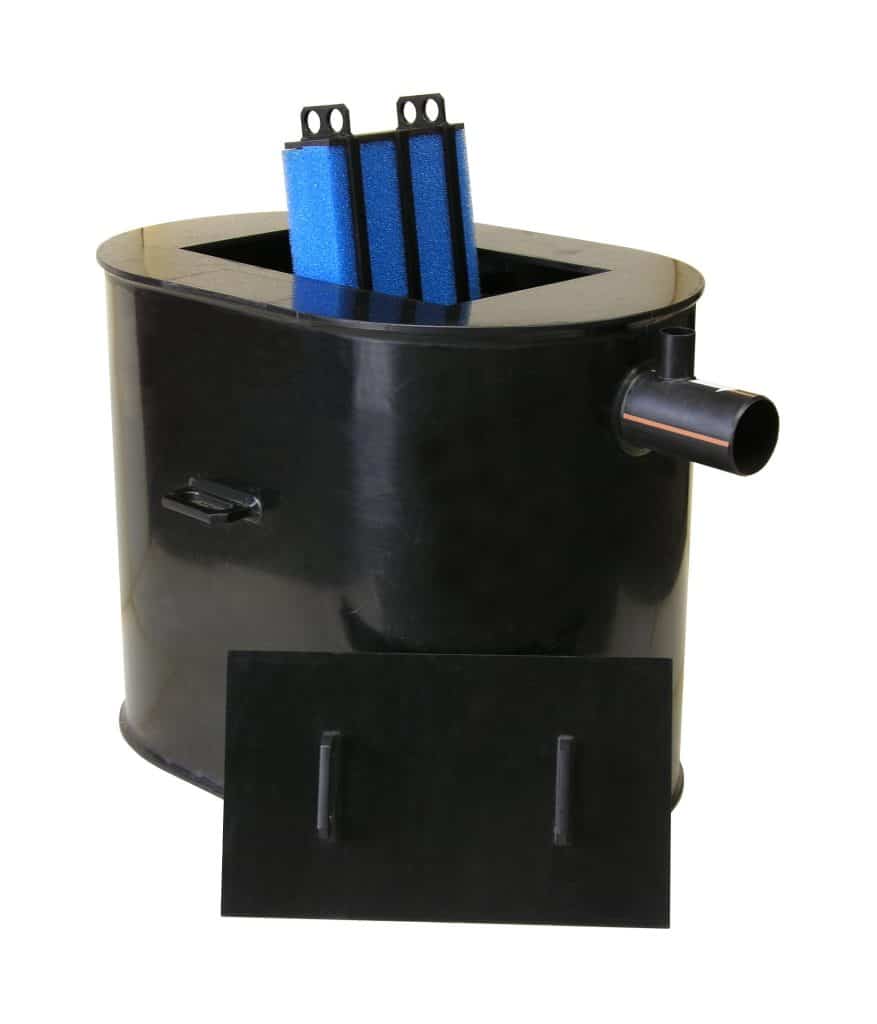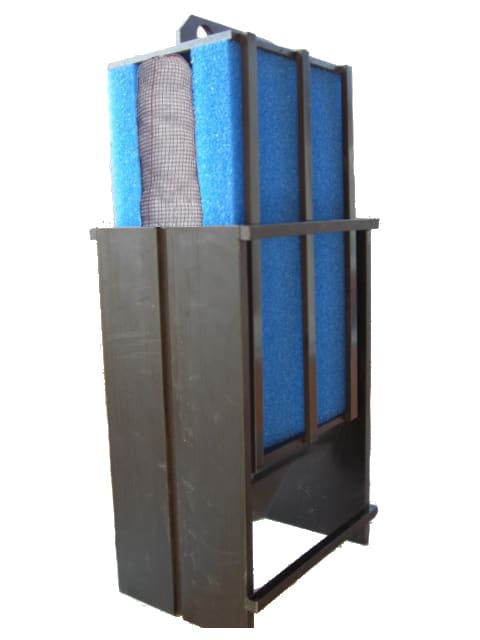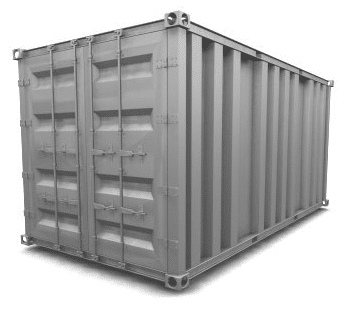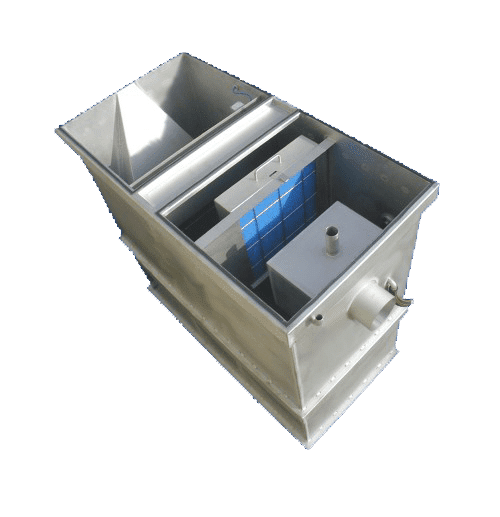Is your industrial facility in Michigan still using old below-ground oil water separators? If yes, you could be missing out on a big improvement. Michigan Above Ground Oil Water Separators are becoming more popular in the state. They offer a safer and more efficient way to treat industrial wastewater.
These new systems avoid the dangers of working in tight spaces found in underground setups. Companies like Freytech Inc. are at the forefront, offering top-notch separator packages. These systems can remove contaminants down to 0.1 PPM, setting new standards in the industry.
They can handle different types of oil, including motor, diesel, gasoline, and jet fuel. These solutions are made to tackle the unique challenges of Michigan’s industrial scene.
Key Takeaways
- Above ground oil water separators offer enhanced safety and efficiency
- Elimination of confined space dangers associated with below-ground systems
- Advanced separation efficiency for various hydrocarbons
- Tailored solutions for Michigan’s industrial wastewater treatment needs
- Potential for significant improvements in environmental compliance
Introduction to Above Ground Oil Water Separators
Above ground oil water separators are key in managing stormwater and following environmental rules. They are made to remove oils and solids from wastewater in industrial places.
Definition and Purpose
These devices are crucial in refineries, petrochemical plants, and other big industrial places. Their main job is to take oil out of water. This makes sure the water that gets discharged meets tough environmental standards.
Advantages Over Traditional Systems
Compared to below ground systems, above ground separators have big benefits. They are simpler to keep up, need less time to put in, and are safer for workers. These points make them a good choice for industries looking for effective ways to handle spills.
Growing Trend in Michigan Industries
In Michigan, more industries are using above ground oil water separators. A recent project by Freytech Inc. for an industrial plant shows this trend. They swapped out a failed below-ground setup with an above-ground one, covered by a Safe-T-Cover.
This change shows more industries are seeing the value in above ground separators. They are great for following environmental laws and treating water.
Michigan Above Ground Oil Water Separators: A New Industry Standard
Michigan industries are quickly making above ground oil water separators the new norm. These systems beat traditional ones by a mile, changing how we recycle wastewater across the state.
Top companies in Michigan are leading this change with advanced engineering and design tweaks. These systems meet American Petroleum Institute standards and can be tailored to fit each plant’s needs. This means they work great in many industrial settings.
There are many reasons why companies are switching to above-ground separators. For one, they save money by avoiding the cost of digging and putting things underground. They also make places safer by making maintenance and checks easier.
But the biggest reason is they help companies follow Michigan’s environmental rules better. With these systems, it’s easier to keep an eye on and improve water quality. This helps companies meet or beat state standards for treating wastewater.
As more Michigan industries see the perks of above ground oil water separators, their use will likely keep growing. This shift is a big step forward for the state’s efforts in managing wastewater efficiently and responsibly.
These separators are crucial in storm water systems. They process runoff to meet the US EPA’s Clean Water Act standards. With effective oily water treatment, facilities protect the environment and dodge big fines.
Key Components of Above Ground Oil Water Separators
Above ground oil-water separators have key parts that work together. These parts make sure oil and water are separated well. This helps with treatment and follows environmental rules.
Inlet Section with Diffusion Wall
The inlet section gets the mix of oil and water. A diffusion wall spreads the flow out, making it smooth. This helps the separator work better.
Separator Channel
In the separator channel, oil droplets go up and water goes down. Keeping this part clean is important for good performance.
Oil Retention Baffle
An oil retention baffle stops the separated oil from going out with the water. It’s a vital part of the system and needs regular checks.
Outlet Section
The outlet section lets the clean water leave the separator. It has adjustable weirs to help with separation. Keeping this part clean ensures good water quality.
Some separators also have trash screens, skimmers, and conveyors for better operation. Covers and safety features can be added for specific needs. This makes these systems useful for many industrial uses.
Design Considerations for Michigan’s Climate
Michigan’s climate brings unique challenges for industrial wastewater treatment systems. Above ground oil water separators need to handle extreme temperatures and changing weather. Freezing temperatures and heavy snow or rain make it tough on the systems.
Manufacturers add special features to meet environmental standards. They use heated enclosures to keep parts from freezing, ensuring the system works well all year. Insulation and weatherproof coatings also protect against corrosion, making the equipment last longer.
Engineers pay close attention to specific gravity, temperature, and viscosity when designing oil water separators for Michigan. These factors help the separators work well in different seasons. They can adjust flow rates and have bigger settling chambers for different types of wastewater.
By tackling Michigan’s climate, above ground oil water separators work well and help businesses follow environmental laws. These custom solutions give industrial facilities in Michigan peace of mind, even in tough weather.
Installation Process and Time Efficiency
Installing above ground oil water separators in Michigan is quick and easy. It’s much faster than traditional buried systems. A Michigan plant shows how fast it can be done, finishing in just two weeks.
Site Preparation and Concrete Pad Installation
The first step is preparing the site. This means removing any old buried tanks. Then, a solid concrete pad is poured. This pad is crucial for the new oil-water separators to work right.
Equipment Setup and Piping Configuration
After the pad is ready, the separator is placed. These units are pre-made, making the process quicker. Workers then connect pipes to link the separator with the plant’s systems. This is much faster than with buried units.
Electrical and Control System Integration
The last step is connecting the electrics and controls. Modern oil-water separators have smart controls. These controls help manage wastewater treatment better. With everything connected, the new system is ready to work, often much faster than underground setups.

